Rice export prices have hit rock bottom at $395 per ton, much lower than other countries in Asia. Meanwhile, the Ministry of Agriculture and Rural Development estimates that nearly 15.09 million tons of “golden grain” could be exported this year, equivalent to 7.54 million tons of rice.
In 2024, rice exports exploded with 9 million tons, earning a historic record of 5.67 billion USD. However, in January this year, the export volume only increased slightly by 1%, while the turnover decreased by 10.4% compared to the same period last year, reaching 500 thousand tons and a value of 308 million USD.
Notably, rice export prices in January and the first half of February continued to decline sharply. Data from the Vietnam Food Association showed that on February 14, the export price of 5% broken Vietnamese rice fell to $395 per ton, while the same type of rice from Thailand, India and Pakistan was priced at $418 per ton, $413 per ton and $402 per ton, respectively.
Vietnam's 25% broken rice exports also fell to $370/ton, $25/ton and $22/ton lower than Thailand and India, respectively, but still $2/ton higher than Pakistan.
Thus, Vietnamese rice prices have broken through the bottom of 2023-2024, close to the bottom of 2022.
The Ministry of Agriculture and Rural Development said that India has lifted the ban on rice exports, while Vietnam's second largest rice export market, Indonesia, is self-sufficient in food and only imports a small amount of rice depending on supply, which will affect our country's rice exports in 2025.
Mr. Pham Thai Binh, Chairman of the Board of Directors of Trung An High-Tech Agriculture Joint Stock Company, also acknowledged that inventories in traditional rice importing countries of Vietnam are relatively full, and it is not yet time to buy. Moreover, the spread of information about abundant supply has put even more pressure, causing the price of Vietnamese rice to plummet.
Statistics from the General Department of Customs show that last January, rice exports to Indonesia only reached 651 tons, with a value of about 0.35 million USD, a sharp decrease of 98% compared to the same period in 2024.
Experts and businesses believe that exporting this product is expected to face many difficulties, and it is necessary to quickly calculate appropriate production and business plans from the beginning of 2025.
The Ministry of Agriculture and Rural Development's recent report on the rice industry sent to the Ministry of Finance stated that the rice production area is 7 million hectares, down 132,000 hectares compared to last year. The expected yield is 61.6 quintals/ha, up 0.6 quintals/ha. Compared to 2024, the estimated output is 43.14 million tons, down about 357,000 tons.
Regarding the balance of commercial rice for export in 2025, the Ministry of Agriculture and Rural Development said that the export volume of commercial rice is mainly concentrated in the provinces of the Mekong Delta, while other regions are mostly for domestic consumption.

In the Mekong Delta, the estimated production area for the year is nearly 3.78 million hectares, with rice output of about 23.97 million tons. Of which, 8.9 million tons of rice will be consumed domestically in the Mekong Delta and Ho Chi Minh City and used as seeds, animal feed, etc.
Subtracting the amount consumed in the domestic market, our country still has 15.09 million tons of "golden grain", equivalent to 7.54 million tons of commercial rice for export.
Accordingly, the amount of rice for export in the first 6 months of the year is estimated at 4.5 million tons. At this stage, rice exports may peak in March-April with an output of about 1-1.13 million tons.
The amount of rice exported in the last 6 months of the year is estimated at 3.04 million tons. The peak of rice export output of 900,000 tons/month during this period may fall in August and September. In December, rice exports were only about 140,000 tons - the lowest level of the year.
Regarding the market, Deputy Minister of Agriculture and Rural Development Phung Duc Tien emphasized that it is still necessary to focus on exporting to key markets such as the Philippines, Indonesia, etc. However, it is necessary to proactively diversify markets and rice varieties; expand exports to other potential markets such as Europe, the US, the Middle East, West Asia and Africa.
In addition, localities need to focus on producing high-quality, high-priced rice varieties that are popular in the market, such as fragrant rice and specialty rice. In particular, focus on focusing resources on implementing the project "Sustainable development of 1 million hectares of high-quality, low-emission rice cultivation associated with green growth in the Mekong Delta by 2030".
From there, Vietnam will become one of the pioneering countries in producing high-quality rice, reducing emissions, in line with world consumption trends, while creating greater added value for Vietnamese rice, the leader of the Ministry of Agriculture and Rural Development emphasized.
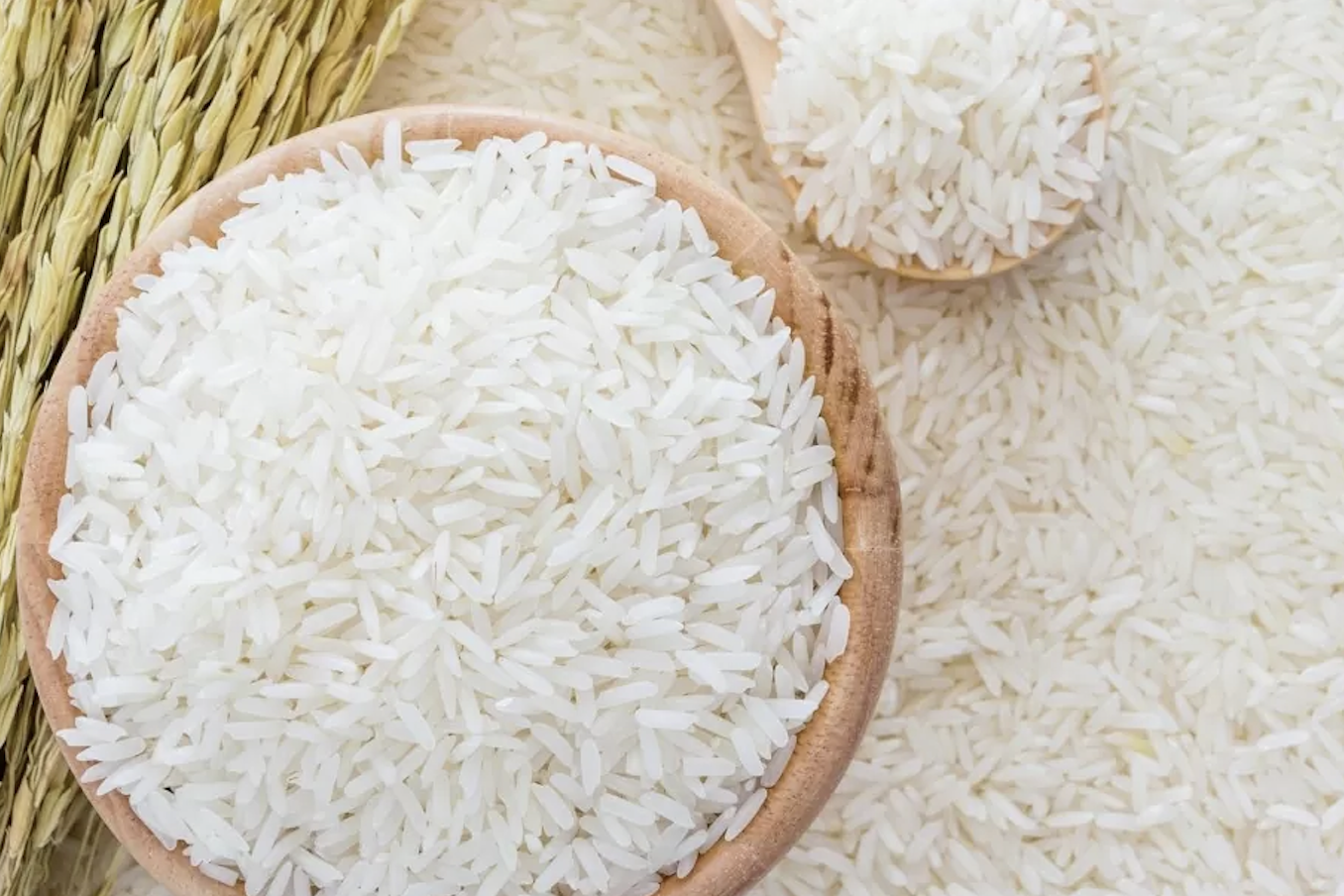
Source: https://vietnamnet.vn/gia-xuyen-thung-day-bo-nong-nghiep-tinh-co-the-xuat-15-trieu-tan-hat-vang-2371462.html




![[Photo] National conference to disseminate and implement Resolution No. 66-NQ/TW and Resolution No. 68-NQ/TW of the Politburo](https://vphoto.vietnam.vn/thumb/1200x675/vietnam/resource/IMAGE/2025/5/18/adf666b9303a4213998b395b05234b6a)


![[Photo] General Secretary To Lam visits exhibition of achievements in private economic development](https://vphoto.vietnam.vn/thumb/1200x675/vietnam/resource/IMAGE/2025/5/18/1809dc545f214a86911fe2d2d0fde2e8)
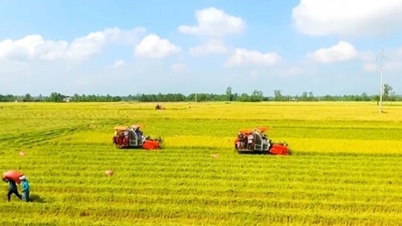

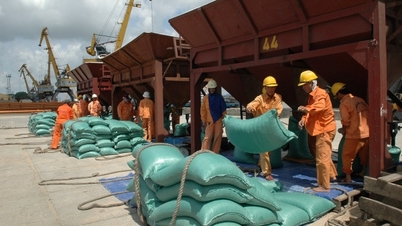





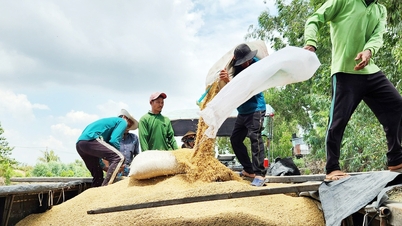




















![[Photo] Prime Minister Pham Minh Chinh chairs meeting on science and technology development](https://vphoto.vietnam.vn/thumb/1200x675/vietnam/resource/IMAGE/2025/5/17/ae80dd74c384439789b12013c738a045)
![[Photo] More than 17,000 candidates participate in the 2025 SPT Competency Assessment Test of Hanoi National University of Education](https://vphoto.vietnam.vn/thumb/1200x675/vietnam/resource/IMAGE/2025/5/17/e538d9a1636c407cbb211b314e6303fd)









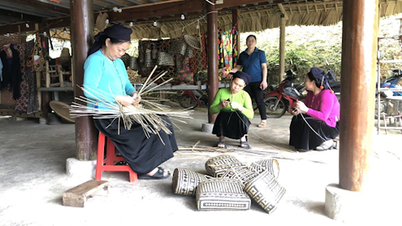











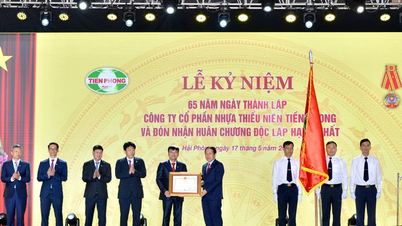








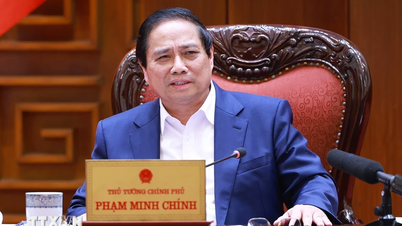


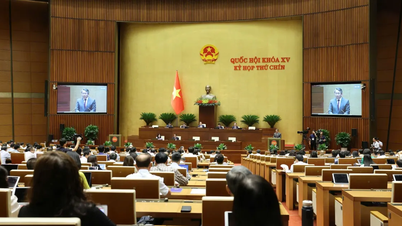


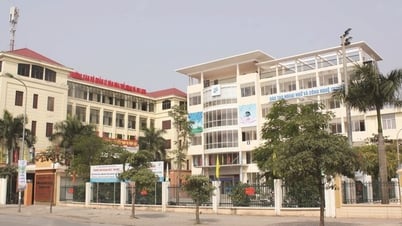









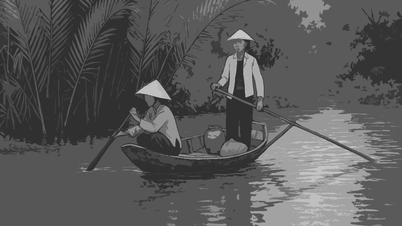

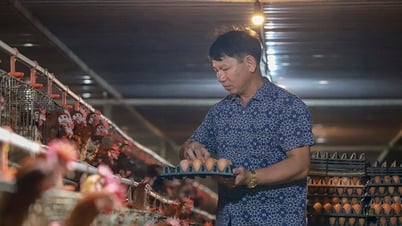



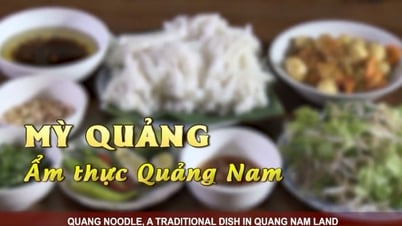
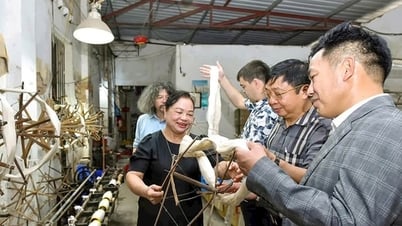


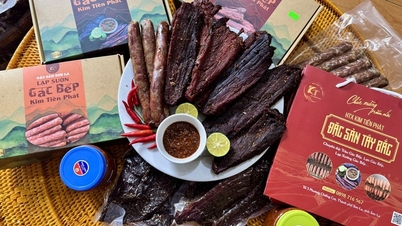


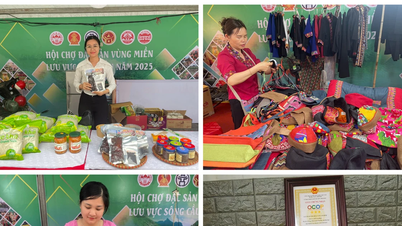

Comment (0)